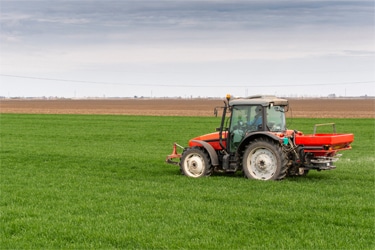Soil
Soil pollution by pesticides sprayed with chemicals such as waste and heavy metals is recognized as one of the major environmental problems. In addition to direct contact with soil, drinking groundwater with toxic substances dissolved from contaminated soil can affect human health. Through soil analysis, we provide solutions to these environmental problems.

Specific analytical methods have been developed to ensure fertilizer quality and fair trade. These methods are used to determine the proportion of principal or guaranteed ingredients and to measure the quantity of harmful compounds in fertilizers.

Soil pollution occurs when heavy metals, organic solvents, pesticides, etc. are mixed into the soil due to leakage from factories and waste water or spraying of pesticides. By performing soil analysis, it is possible to understand the status of pollution.

Most of the pesticides that enter the soil remain near the surface layer and are mainly degraded by soil microorganisms. The retention period in soil varies greatly depending on the pesticide and soil type. Furthermore, the higher the water solubility of the pesticide, the easier it is to enter water systems. The herbicide for paddy fields records the maximum value from the day of application to the second day after application, undergoes photodegradation and microbial decomposition, and is adsorbed to the bottom sediment.



